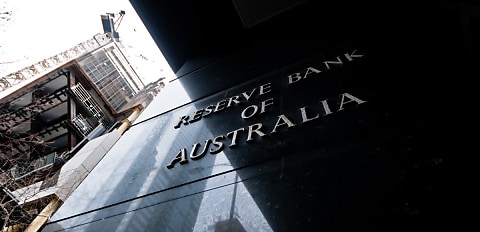While Melbourne Cup day usually means many Australians trying to pick a winner, this year they’ll be split trying to pick what the Tuesday (1 November) cash rate will be as well.
Six consecutive Reserve Bank of Australia (RBA) cash rate hikes had underlined the trajectory of the increases in the quest to rein in inflation, with the amount of each increase up for conjecture each month since May – which was the first 25 basis-points jump.
Since June, July, August and September the RBA has delivered 50-bp hikes, with economists taken largely by surprise last month when the central bank slowed the rate of increase to just 0.25 per cent for October.
Such a lower increment was largely expected to continue for November, sundry bank and financial institutions' economists had sounded; however, recent unexpectedly higher inflation figures have possibly brought a return to a 50bps increase being announced on Tuesday.
Only last week (26 October) the Australian Bureau of Statistics (ABS) confirmed a 1.8 per cent rise in Consumer Price Index (CPI) during the September quarter, increasing annual growth to 7.3 per cent — the highest since 1990.
At the time of print, three of the big four banks - Commonwealth Bank Australia (CBA), National Australia Bank (NAB), and Australia and New Zealand Bank Group (ANZ) – had all largely anticipated two 25 basis-point hikes at the RBA’s last two upcoming meetings for 2022 – but a 50bps jump has since solidified in probability given Australia’s inflation woes.
Notably, Westpac has made the call that rates would rise to 3.1 per cent this week.
“The September quarter inflation report has come as such a major surprise that we think the Reserve Bank board will decide to raise the cash rate by 50 bps at the next board meeting on November 1,” Westpac’s chief economist Bill Evans said.
“The best way for the central bank to break this nexus is to adopt strong rhetoric and strong action,” he explained, citing evidence that pricing power is becoming widespread across expenditure items.
Additionally, he referenced last week’s budget papers that raised the chance of a 50 per cent or more increase in electricity prices in 2023.
“The board should also be concerned about the unusual nature of this cycle as the economy emerges from the pandemic,” Mr Evans said.
Also he highlighted that having announced a lower-than-expected 25 bp increase at the October meeting, the RBA now has “ample justification” for speeding up the pace of increases again in response to a significant upside shock to the inflation outlook.
Not all on board with greater than 25bps
Yet while many economists agreed that rates will increase in some way on Melbourne Cup Day, many others oppose the 50bps view.
According to the CBA, the RBA will deliver one or two more 25 bp rate hikes before pausing for an extended period.
It wasn’t a conclusive estimate by any means, however, as the bank acknowledged: “We expect the RBA to raise the cash rate by 25bp to 2.85 per cent at the November meeting.”
“However following last week’s upside inflation surprise there is a non a “non-trivial risk” that the RBA could opt for a larger 50 bp hike.
“Ahead of the October board meeting we had ascribed a 60 per cent chance to a 25 bp hike and a 40 per cent chance to a 50 bp hike,” CBA said last week.
Either way, the CBA said: ”The post-meeting statement will likely flag any changes to the bank’s key economic forecasts ahead of the Statement on Monetary Policy on Friday.”
The deadline looms and all will be revealed
On the eve of the November announcement, both NAB and ANZ seemed to still side with it being only another 25 bps rise, as did AMP chief economist Shane Oliver who recognised the high pressure on the RBA.
Speaking to The Adviser’s sister title InvestorDaily last week, he said that “common sense” would suggest the bank will deliver another 25-bp lift.
“Inflation is a lagging indicator and, with the economy set to slow quite substantially, doing a 0.5 [hike] and aggressively raising rates after that just adds to the risks in the economy,” Dr Oliver said.
[Related: RBA makes a case for slowing rate rises]
